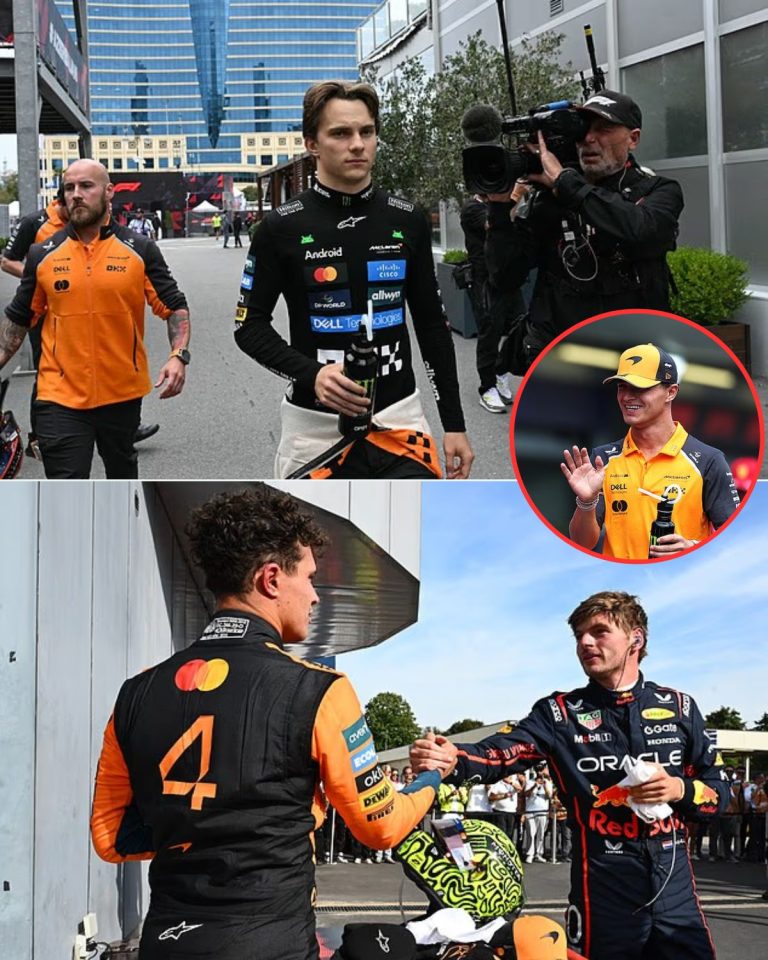As the 50th anniversary of Blazing Saddles approaches, Hollywood is once again buzzing about the most chaotic, controversial, and downright weirdest western comedy ever made. Mel Brooks’ 1974 classic wasn’t just a film—it was a cultural earthquake. Behind the laughs, though, was a production plagued by fights, firings, lawsuits, tragedy, and a gamble that nearly destroyed Brooks’ career before it cemented his place in comedy history.
The wild ride began in 1971 when writer Andrew Bergman penned a satirical novella called Tex X, a parody of Hollywood westerns that dared to put a Black sheriff at the center of a town dripping with racism. Studio executives at Warner Brothers nearly fainted when they read it—too risky, too raw, too unmarketable. The script sat collecting dust until a struggling Mel Brooks, reeling from the box office flop of The Twelve Chairs, decided he had nothing to lose. By 1972, he had taken on the project with a mix of desperation and defiance, pulling in a team of renegade writers—including Richard Pryor—to punch up the script with humor that was as sharp as it was offensive. The first draft? Nearly eight hours long.
Casting turned the production into a circus. Brooks’ dream choice for Sheriff Bart was Richard Pryor himself, but Warner Brothers balked, declaring Pryor “uninsurable” due to his legal troubles. Enter Cleavon Little, who would bring wit and swagger to the role. Even Gene Wilder almost didn’t make it—Brooks originally hired Oscar-winner Gig Young as the Waco Kid. But after showing up drunk and collapsing on day one, Young was out. Wilder stepped in at the last minute, forming one of the most iconic comedy duos in film history.
Then came the studio meltdown. The first screening for Warner Brothers executives was a disaster. Horrified by the racial slurs, toilet humor, and fourth-wall-breaking insanity, they begged Brooks to bury the movie. But a second screening, this time for a random group of studio staffers—secretaries, janitors, and assistants—turned the tide. The theater erupted with laughter, proving that Brooks had tapped into something the suits couldn’t see. Warner Brothers reluctantly gave it a release, but with little promotion, assuming it would flop. Instead, it made nearly $120 million, becoming the highest-grossing film of 1974 and one of the most successful comedies ever made.
But with success came scandal. Hedy Lamarr sued the production over the character “Hedley Lamarr.” Gig Young, after being fired, spiraled into a tragic murder-suicide years later. A proposed TV spinoff, Black Bart, flopped so badly it was shelved after a single episode. And through it all, critics and audiences were split—was Blazing Saddles a vulgar, offensive mess or a work of comic genius? The truth, as usual, was somewhere in between.
Today, the question lingers: could Blazing Saddles even be made in 2024? Mel Brooks himself has joked that political correctness would strangle the film before a single camera rolled. And yet, its legacy endures, not just as a comedy but as a brutal satire that held a mirror up to America’s ugliest truths—racism, greed, hypocrisy—and dared to make us laugh at them.
Nearly 50 years later, Blazing Saddles remains a paradox: an outrageous farce that is also a cultural landmark, a movie that could never exist today, yet one that feels more relevant than ever. Whether you see it as comedy brilliance or offensive chaos, one thing is certain: no film has ever pushed the boundaries of taste and satire quite like it.

